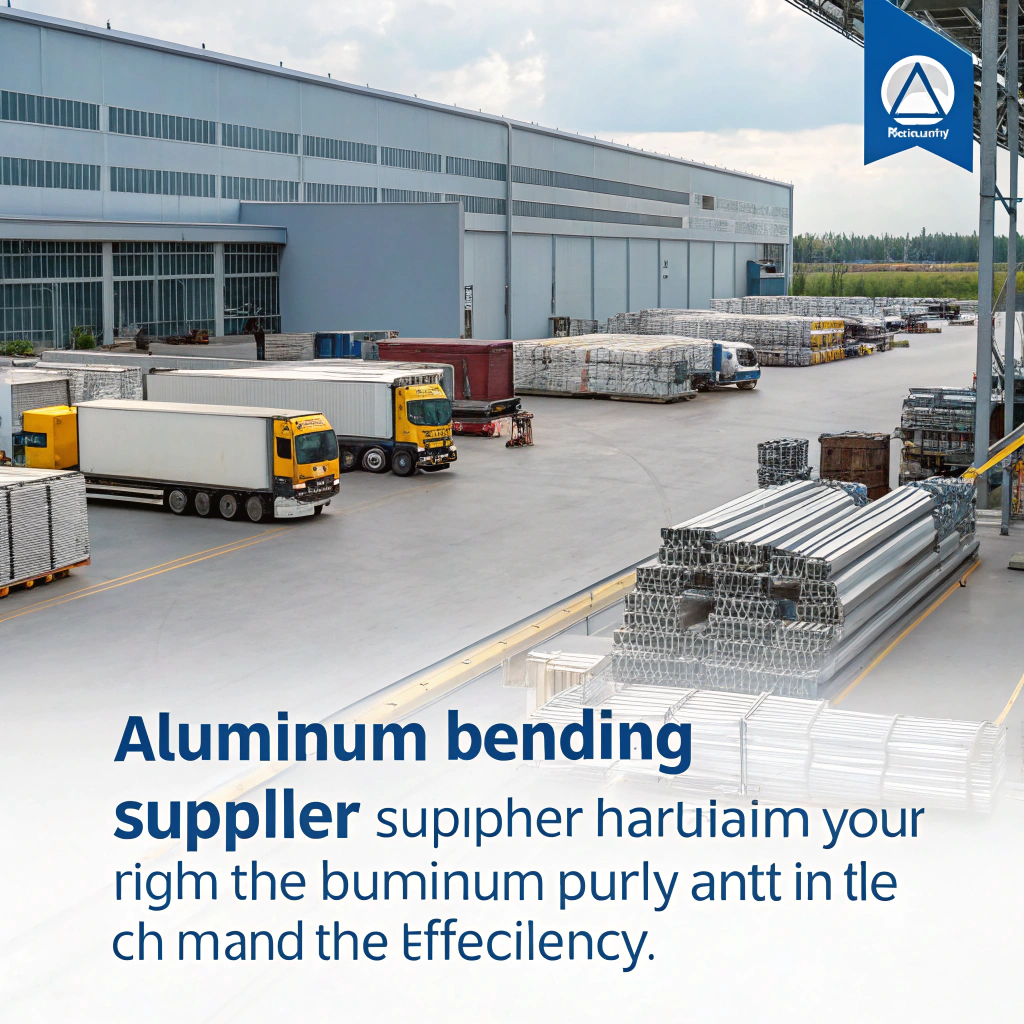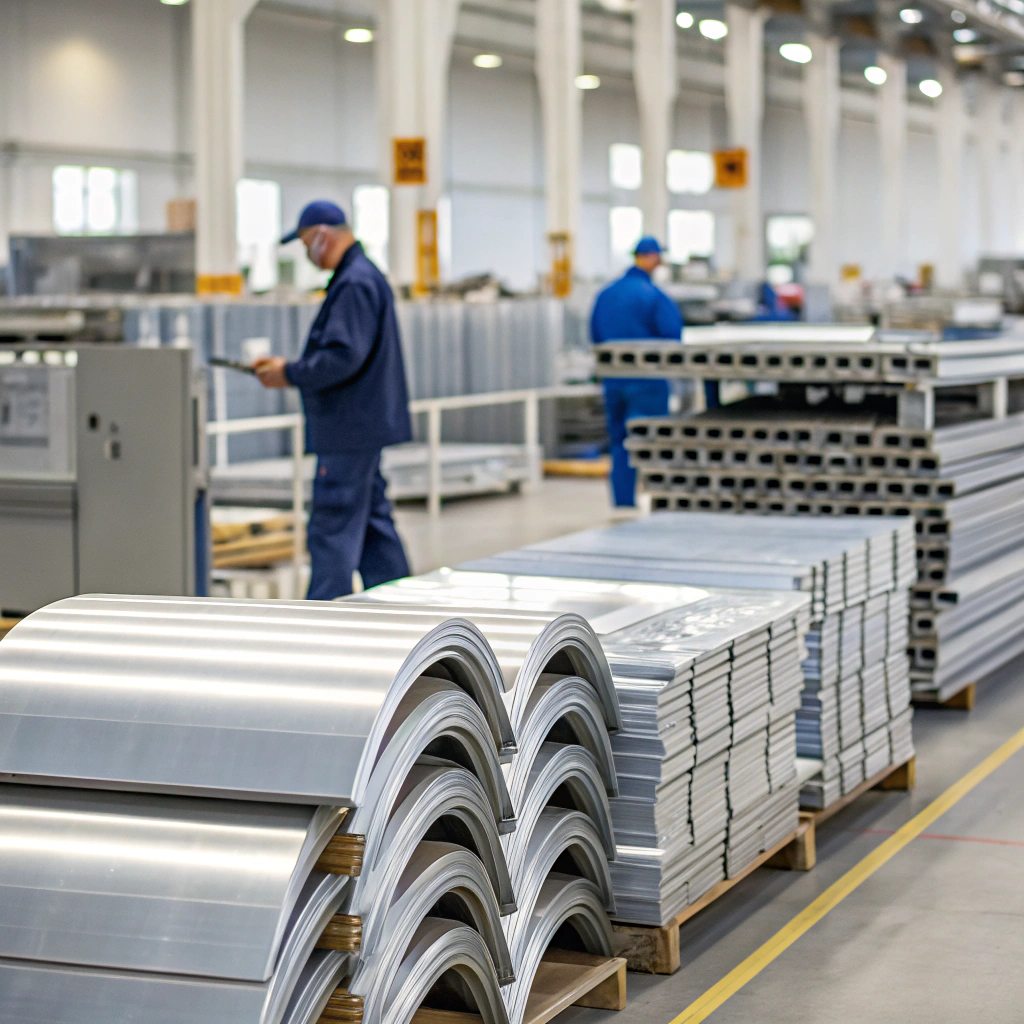공급업체와 서비스 제공업체의 차이점은 무엇인가요?

In aluminum bending, the wrong partner can either delay your supply chain or power your entire production line.
A supplier delivers complete aluminum components, often integrated into your supply chain, while a service provider performs isolated bending tasks on demand.
At first, I used both terms — supplier and provider — interchangeably. But I quickly learned the difference when one helped scale my production, and the other just offered bending per job.
공급업체와 서비스 제공업체의 차이점은 무엇인가요?

Not all vendors are built to grow with you. Some just bend. Others bend, plan, stock, and ship as needed.
Suppliers offer end-to-end solutions, including sourcing, processing, storage, and delivery; service providers typically just process metal per order.
How I Understand the Difference
| 역할 | Service Provider | 공급업체 |
|---|---|---|
| 범위 | Bends customer-supplied material | Sources and bends material |
| Engagement | Project-based | Long-term contract-based |
| 통합 | Standalone job | Part of your production planning |
| Added Services | Basic bending only | Inventory, packaging, JIT shipping |
| Risk Ownership | 낮음 | High — supplier owns the material too |
The day I needed 2,000 bent profiles per month, I dropped my previous provider. They just didn’t have the logistics. My new supplier stores raw aluminum, bends weekly, and delivers batches every Monday.
Aluminum bending suppliers typically provide more than just processing services.True
Suppliers often handle sourcing, storage, and scheduled delivery, unlike one-off service providers.
There is no difference between an aluminum bending supplier and a bending service provider.False
Suppliers manage long-term delivery commitments and stock, while service providers do isolated bending tasks.
How Do Suppliers Integrate Bending into the Supply Chain?
Your aluminum bending partner isn’t just delivering bent metal — they’re fueling your production line.
Aluminum bending suppliers integrate by syncing with inventory systems, providing demand forecasting, and scheduling JIT deliveries aligned with customer timelines.
The best suppliers I’ve worked with didn’t just wait for orders. They predicted when I’d need parts, checked my forecasts, and bent accordingly.
Integration Approaches I’ve Seen
-
Kanban Supply
Supplier keeps inventory and refills only when I signal. -
Vendor-Managed Inventory (VMI)
They monitor my stock levels and restock automatically. -
Just-in-Time (JIT)
I receive bent profiles only days before I need them — no warehousing on my side. -
Blanket Orders
We agree on total quantity for the year, and they release batches per month.
Common Challenges and Fixes
| 이슈 | Fix |
|---|---|
| Delivery lags due to demand spikes | Share rolling forecasts every 2–4 weeks |
| Material stockouts | Use dual-sourcing or supplier-held stock |
| Wrong parts delivered | Implement barcoded packaging or PO-matching |
| Unclear communication | Weekly check-ins and shared ERP dashboards |
I learned the hard way — poor integration = delays. After I switched to a fully integrated supplier with digital order tracking, my on-time delivery rose from 72% to 97%.
Just-in-Time aluminum bending supply reduces warehousing needs.True
JIT strategies ensure material is delivered only when needed, reducing inventory costs.
All aluminum suppliers wait for orders before beginning production.False
Proactive suppliers forecast demand and plan production in advance based on agreements.
What Delivery Options Do Aluminum Bending Suppliers Offer?
Aluminum is bulky. A missed delivery window can shut down your line.
Suppliers offer bulk, scheduled, express, consolidated, and drop-shipping delivery options — often tailored to customer operations and warehouse capacity.
When I work with overseas suppliers, I specify delivery type in the first quote request. Here’s why: A good price means nothing if the shipping fails.
Delivery Modes and What They Mean
| Delivery Option | When to Use It |
|---|---|
| Bulk Shipment | Large quantity once a quarter |
| Scheduled Deliveries | Monthly or weekly partials |
| Just-in-Time (JIT) | Coordinated with production demand |
| Drop Shipping | Sent directly to your customer/end-user |
| Express | Urgent re-orders or design changes |
Packaging and Handling Notes
- Custom crates for large architectural profiles
- Foam-layered cartons for anodized finishes
- Barcode labels for warehouse integration
- Moisture-proof wrapping for marine/solar parts
One time, I didn’t specify packaging. The bent profiles arrived in open cardboard boxes — scuffed and scratched. Now, I always list my packaging needs in the PO.
Scheduled delivery is ideal when you need consistent supply without warehousing large quantities.True
It balances inventory control with production continuity.
Aluminum suppliers never offer direct-to-customer delivery.False
Some offer drop shipping to save time and reduce handling.
How to Assess Supplier Reliability and Consistency?

One late shipment can cause production stops. One wrong bend can scrap an entire batch.
Assess reliability by tracking on-time delivery rate, quality consistency, inspection systems, communication speed, and ability to resolve problems.
My rule: any supplier can get one order right. A reliable supplier gets 20 right — in a row.
My Supplier Evaluation Checklist
| Metric | What I Look For |
|---|---|
| On-Time Delivery Rate | >95% over the last 12 months |
| 결함률 | <2% return or rework rate |
| 검사 시스템 | Digital tools, inspection logs, SPC methods |
| 인증 | ISO 9001, AS9100, or equivalent |
| Crisis Response | How they handle urgent reorders or issues |
| Communication Speed | Email replies within 24 hours |
| 문서 | Reports, packing lists, bend specs — clearly labeled |
Extra Steps I Take
- I ask for a quality report every 3 months.
- I run a site audit once a year (or request a video audit).
- I test their response time with unexpected questions.
- I log every shipment in a shared delivery tracker.
Good suppliers don’t hide mistakes — they inform me early and fix them fast. One of my best partners even offered a partial credit without being asked, after a delay.
Supplier reliability includes both quality and delivery consistency.True
A reliable supplier must maintain both standards to support ongoing production.
Once a supplier proves reliable, there's no need to audit them again.False
Ongoing auditing ensures continued performance and catches new issues.
결론
Choosing a true aluminum bending supplier means looking beyond bending skills. It’s about long-term alignment, supply chain integration, flexible delivery, and consistent reliability. I’ve worked with both basic providers and strategic suppliers — and the difference shows in every shipment I receive.



